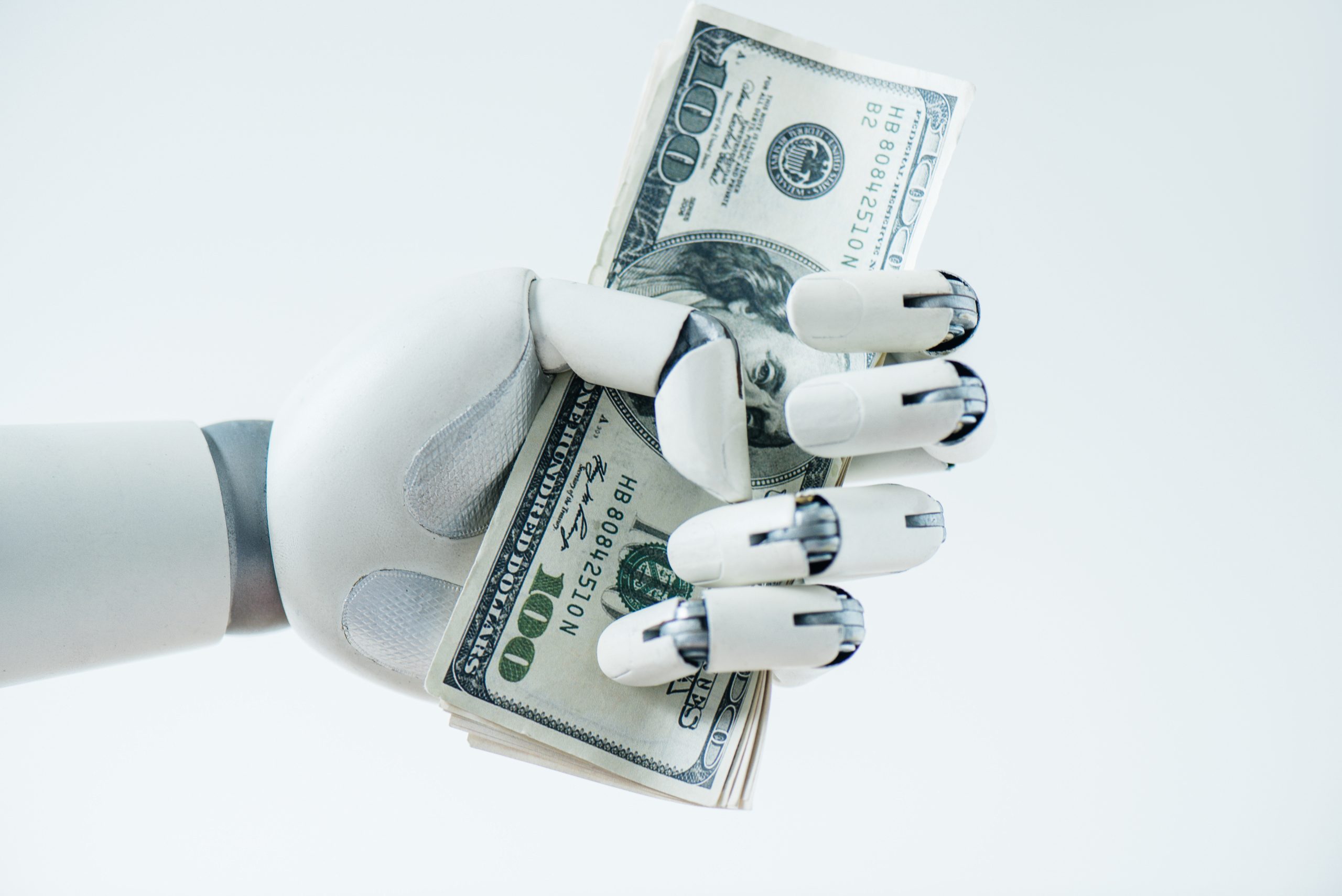
The world of finance requires speed, accuracy, and predictive power. Traditionally reliant on human-driven decision-making processes, the sector is undergoing a profound transformation with the introduction of AI and machine learning (ML)-driven algorithms. Today, financial markets are not only shaped by major investors and banks but also by autonomous systems and algorithms.
Autonomous finance and algorithmic trading leverage AI models that accelerate and optimize financial decisions across a wide range of markets—ranging from stocks and cryptocurrencies to investment funds and forex. So, how is this transformation happening? And how is it shaping the future of the financial world?
What is Autonomous Finance? An AI-Driven Economy
Autonomous finance refers to a system that manages financial processes with minimal human intervention, utilizing artificial intelligence and algorithms.
- AI models that manage stock trading
- Trading bots that execute automatic transactions in the cryptocurrency markets
- AI systems offering risk management, credit analysis, and investment advisory
Autonomous finance systems provide a significant advantage over traditional finance by minimizing human error and enabling immediate adaptation to market changes.
Algorithmic Trading: The New Ruler of Financial Markets
In today’s financial markets, algorithms are starting to replace humans. These systems, capable of quick analysis and seizing real-time opportunities, are being used by everyone from large fund managers to individual investors.
High-Frequency Trading (HFT) – The Power of Speed in the Markets
HFT is an algorithmic trading method that enables transactions worth millions of dollars to be executed at a speed of a fraction of a second.
- It can generate profits from even the smallest price movements in the market.
- It allows investors to trade far faster than human reflexes can.
- Large fund companies use HFT systems to seize market opportunities in microseconds.
High-frequency trading has become one of the most powerful tools for major investors on Wall Street and in the crypto markets.
AI-Powered Prediction Models
In the world of finance, AI-powered prediction models are being used to make investment decisions more accurate.
- Machine learning algorithms can analyze market trends to predict which assets are likely to rise or fall.
- Natural language processing (NLP) scans news and social media analyses to measure market sentiment.
- Deep learning systems enhance prediction models by comparing financial data with past analyses.
These models optimize decision-making processes by analyzing large datasets that human investors cannot manage.
Autonomous Investment Advisors (Robo-Advisors)
Investment advice is no longer provided by humans, but by artificial intelligence.
- Robo-advisors offer portfolio recommendations based on investors’ risk profiles.
- They enable low-cost and fast investment decisions.
- Compared to traditional financial advisors, they operate in a more objective, data-driven manner.
Today, robo-advisor platforms like Wealthfront, Betterment, and Nutmeg provide digital financial advisory services to millions of investors.
AI-Powered Financial Models: Technologies Shaping the Future
The transformation in the finance sector is made possible by the power of specific AI models. So, how do these systems work?
Predictive Analysis with Machine Learning
- Analyzes large data sets to predict future market movements.
- Used to forecast stock and cryptocurrency prices.
- Continuously learns to improve the accuracy of investment decisions.
News and Social Media Analysis with Natural Language Processing (NLP)
- Scans market news and social media feeds.
- Extracts sentiment analysis from tweets, economic news, and articles.
- Shapes investment decisions based on news and market sentiment.
For example, AI systems that analyze how Tesla CEO Elon Musk’s Twitter posts impact the crypto market have become quite common.
-
Portfolio Optimization with Deep Learning
- Creates the optimal portfolio for investors.
- Performs risk-return analysis to minimize losses for investors.
- Can predict financial crises and market crashes.
Thanks to these systems, large investment funds and individual investors can manage risks more intelligently.
How Much Control Will AI Have in the Future of Finance?
The financial sector is increasingly being controlled by artificial intelligence and algorithms. However, there are some critical questions surrounding this transformation:
- When markets are managed by AI, how much risk can be controlled?
- What do fully autonomous financial systems mean for human investors?
- How will the ethical and legal aspects of AI-powered trading be regulated?
In the future, establishing a balance between human investors and AI will be crucial. When managed correctly, autonomous financial systems can make the financial sector more transparent, fast, and efficient. However, unchecked AI systems could lead to financial crises and speculative bubbles.
Autonomous Finance: A Revolution or a Risk?
Autonomous finance and algorithmic trading are a wave of technology redefining the financial world. However, this revolution comes with both great opportunities and serious risks.
- Algorithms can make faster and more accurate decisions than human investors.
- While AI models make markets more transparent, they also increase the risk of manipulation.
- How will a fully AI-controlled financial world affect traditional investors?
The future of finance will depend on collaboration between humans and artificial intelligence. Who knows, maybe in the coming years, the most successful investors will be the ones using the best AI models.
